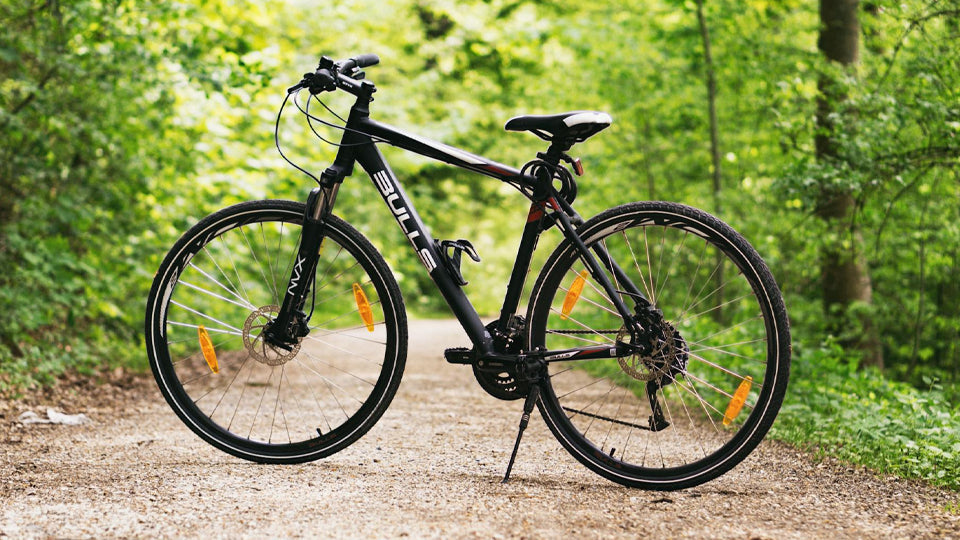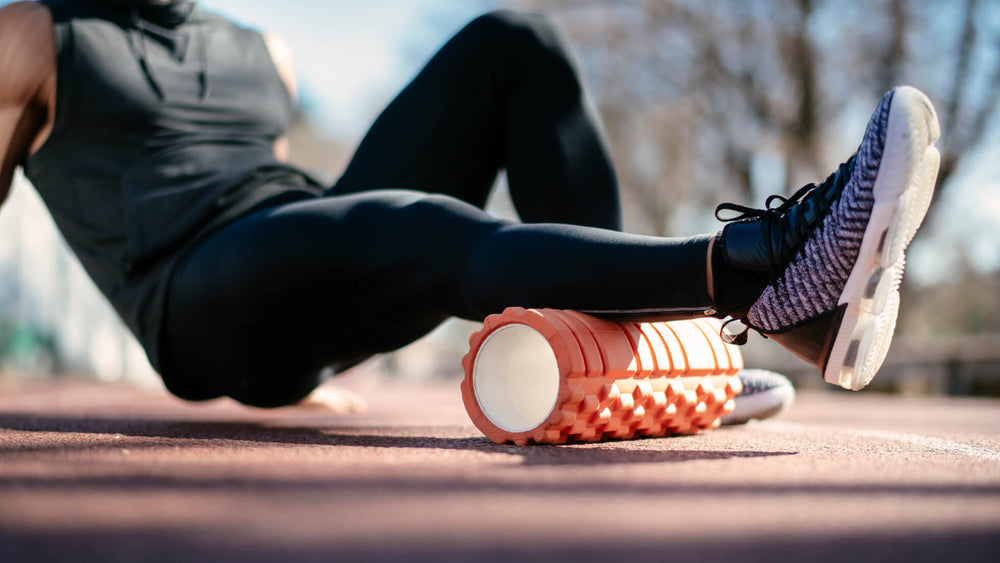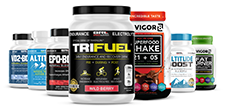The Power of Professional Bike Fitting: Your Key to Comfort and Performance

You've invested in a quality bike, dedicated countless hours to training, and meticulously planned your nutrition. But if you haven't had a professional bike fit, you might be leaving both comfort and watts on the table. Let's explore how proper bike fitting can transform your cycling experience and boost your performance.
Why Professional Bike Fitting Matters
Think of your bike as a precision instrument that needs to be perfectly tuned to your body. From road bikes, to aero triathlon bikes, to mountain bikes, even small adjustments of a few millimeters can significantly impact your comfort, efficiency, and power output. A professional bike fitter uses both advanced technology and experienced eyes to optimize your position for your unique body geometry, flexibility, and riding goals.
Key Components of a Professional Fit
Handlebar Setup
The width and position of your handlebars affect everything from breathing to handling. While traditional wisdom suggested matching handlebar width to shoulder width, modern fitting has evolved along with different styles of riding and a nuanced understanding of physiology. While many cyclists find improved comfort and aerodynamics with slightly narrower bars, some find more success with wider bars which tend to allow for more control on technical terrain. Your fitter will consider your shoulder width, riding style, and upper body flexibility to determine optimal width and reach.
The stem length plays a crucial role in weight distribution and handling. Too long, and you'll be overstretched, causing neck and back strain. Too short, and your handling becomes twitchy. A fitter will find the sweet spot where control and comfort meet.
Saddle Selection and Position
Your saddle is arguably the most critical contact point with your bike. The right saddle isn't about padding — it's about supporting your sit bones and allowing proper pelvic rotation. A fitter will measure your sit bone width and assess your riding position to recommend appropriate options.
Saddle height affects both power output and knee health. Too low, and you'll lose power while increasing stress on your quadriceps and patellar tendons. Too high, and you'll risk hamstring strain and reduce pedaling efficiency. During a fit, you’ll undergo both static measurements and dynamic observation to dial in your perfect height.
Crank Arm and Pedal Optimization
Crank arm length is often overlooked but can significantly impact your pedaling efficiency. Shorter riders or those with knee issues might benefit from shorter cranks (165-170mm), while taller riders might prefer standard or longer options (172.5-175mm). Your fitter will consider your leg length, flexibility, and riding style when making recommendations.
Pedal spindle length can affect both comfort and power transfer. Riders with wider hips or knee tracking issues might benefit from longer spindles to optimize their pedaling motion. Your fitter will observe your natural knee tracking and make adjustments accordingly.
Cleat Placement
Proper cleat positioning is crucial for power transfer and joint health. Your fitter will consider:
- Fore/aft position to align the cleats with the ball of your foot
- Rotational alignment to match your natural ankle movement
- Lateral positioning to optimize knee tracking
- Float settings to allow natural movement while maintaining efficiency
The Fitting Process
A comprehensive bike fit typically takes 2–3 hours and involves:
- Initial interview about your riding goals and any physical issues
- Physical assessment of flexibility, strength, and range of motion
- Static measurements of body proportions
- Dynamic analysis of your pedaling motion
- Systematic adjustments and real-time feedback
- Follow-up adjustments as needed
The Benefits You'll Feel
After a professional bike fit, you can expect:
Increased comfort on longer rides
Better power transfer and efficiency
Reduced risk of overuse injuries
Improved handling and confidence
More enjoyable riding experience overall
When to Get a Bike Fit
Consider scheduling a professional fit:
- When purchasing a new bike
- If you're experiencing discomfort while riding
- After significant changes in flexibility or fitness
- When changing riding styles (e.g., moving from recreational to racing)
- If you're returning from injury
- Every couple of years as your body changes
While a professional bike fit represents an investment, it's one that pays dividends in both performance and enjoyment. Think of it this way: you wouldn't wear ill-fitting shoes for a marathon, so why ride a bike that isn't optimized for your body?
Remember, the best bike fit is one that evolves with you. As your flexibility, strength, and riding style change, don't hesitate to schedule follow-up appointments to fine-tune your position. Your body — and your power meter — will thank you.
Take the next step in your training regimen: Try any BRL Sports supplement risk-free! If our natural nutritional products aren’t the best you’ve ever used, simply return your purchase for a 100% refund — no questions asked!
Also in Inspiration & Perspiration

High Altitude Supplements: Complete Guide to Training & Prevention (Altitude Sickness Solutions)
Support endurance and reduce altitude stress with supplements that improve oxygen efficiency, stamina, and recovery in high-altitude conditions.

Best Supplements For Runners: Complete Guide By Training Phase (Base, Peak, Taper & Race Day)
Discover the best supplements for runners by training phase—base, peak, taper, and race day—to boost endurance, recovery, and performance.

Creatine for Endurance vs. Sprint Efforts
Creatine isn’t just for power—learn how it boosts sprint speed, recovery, and endurance performance.


